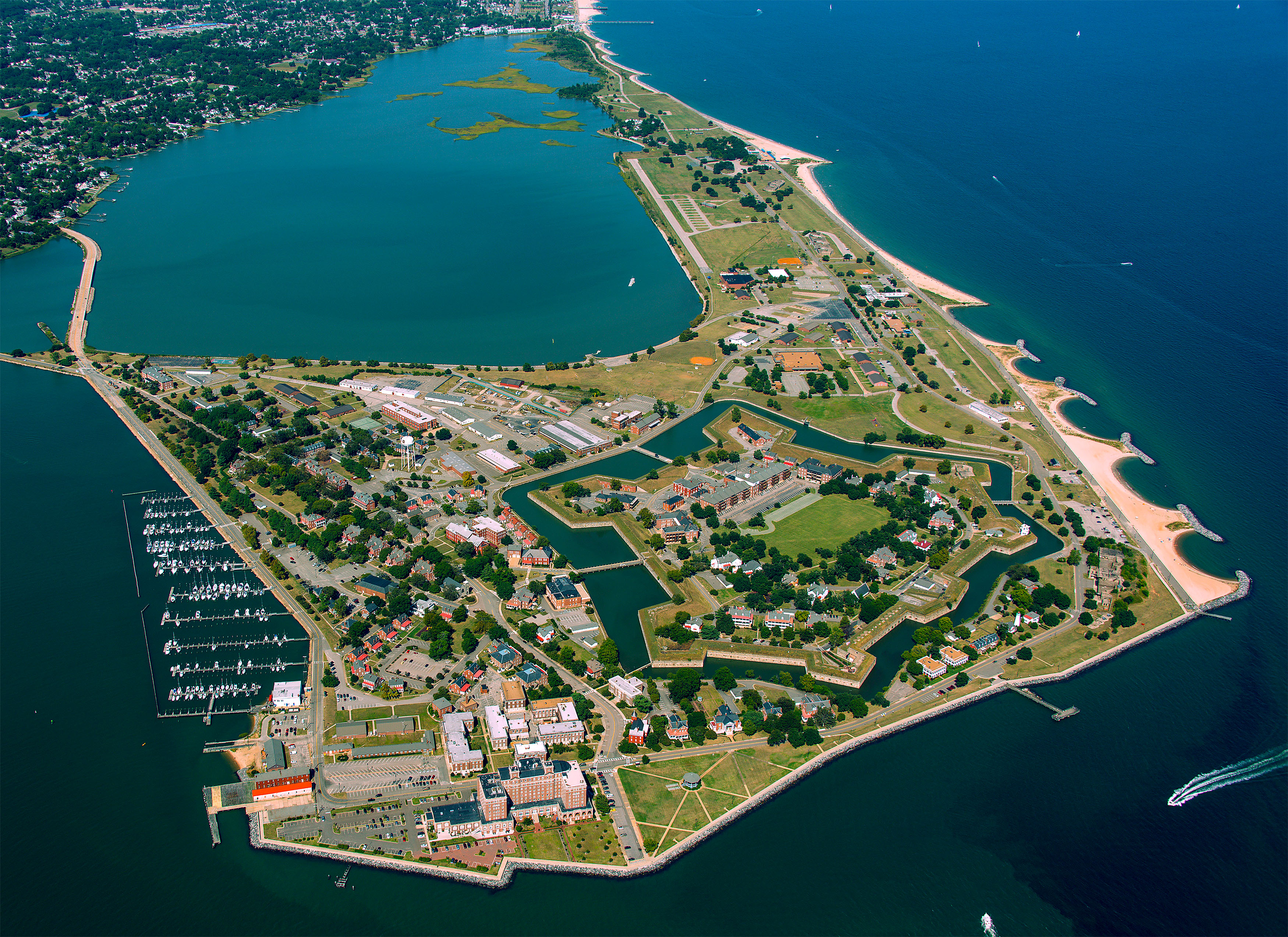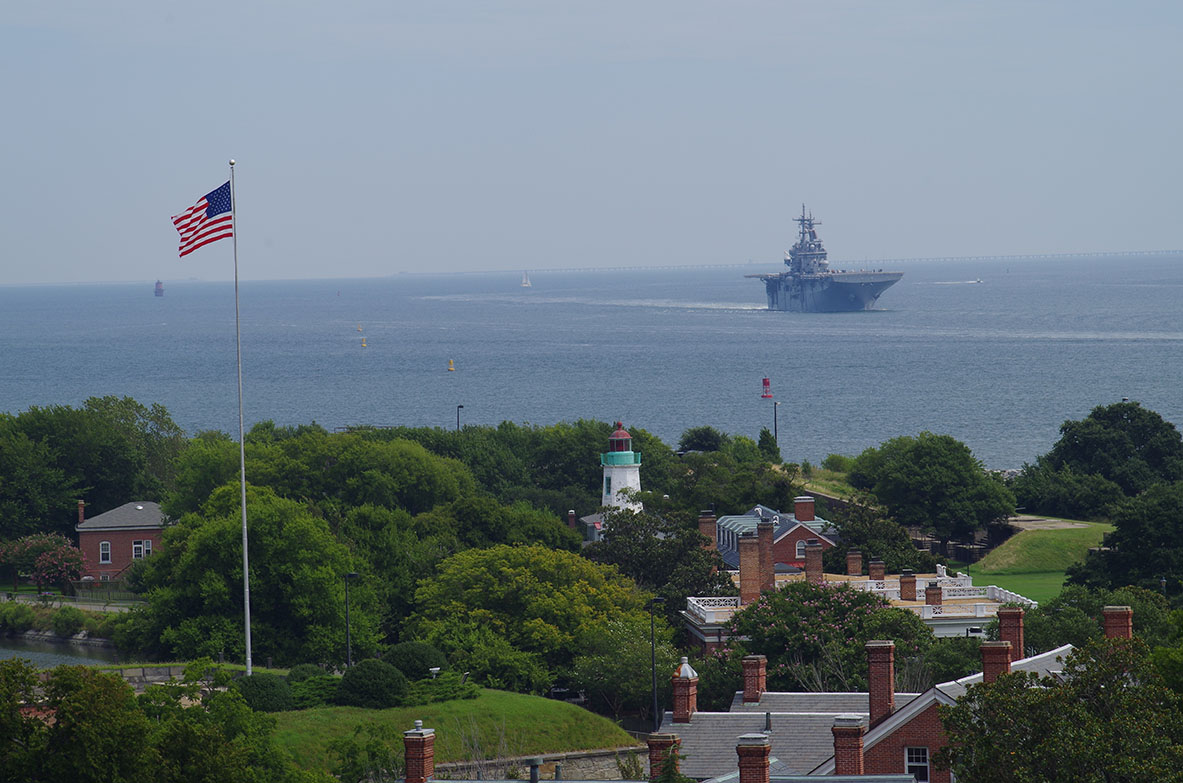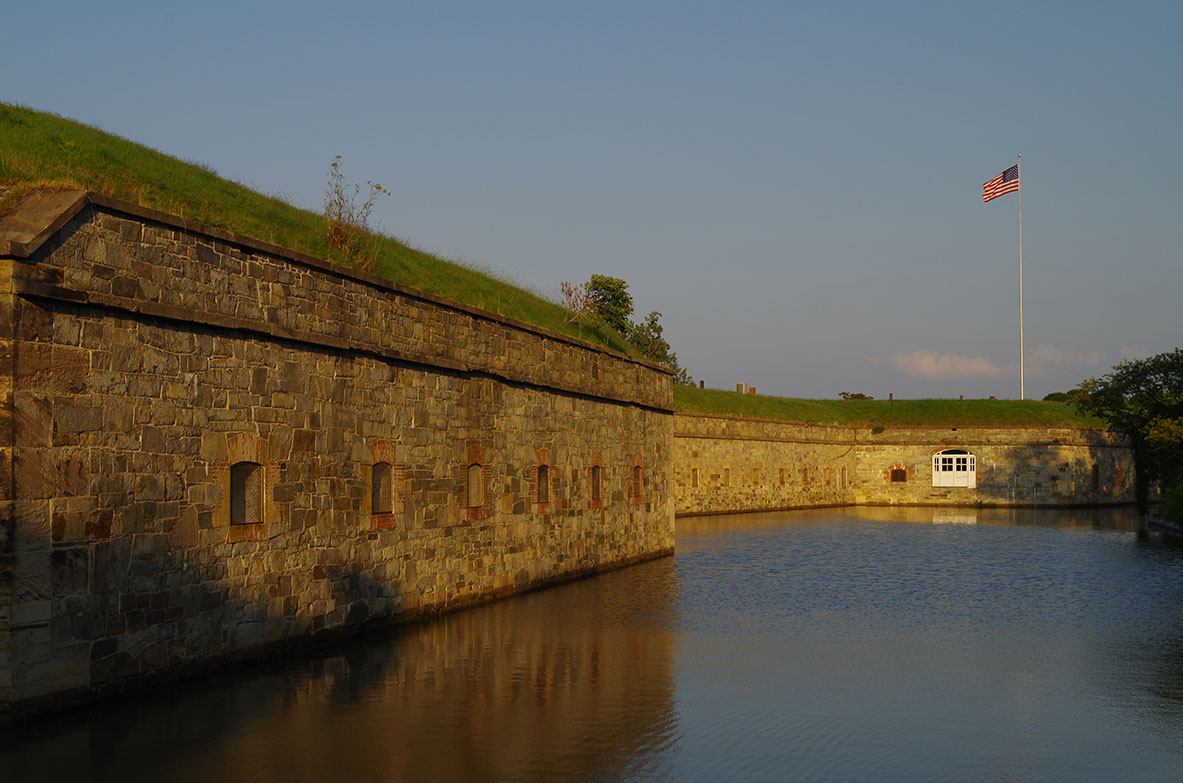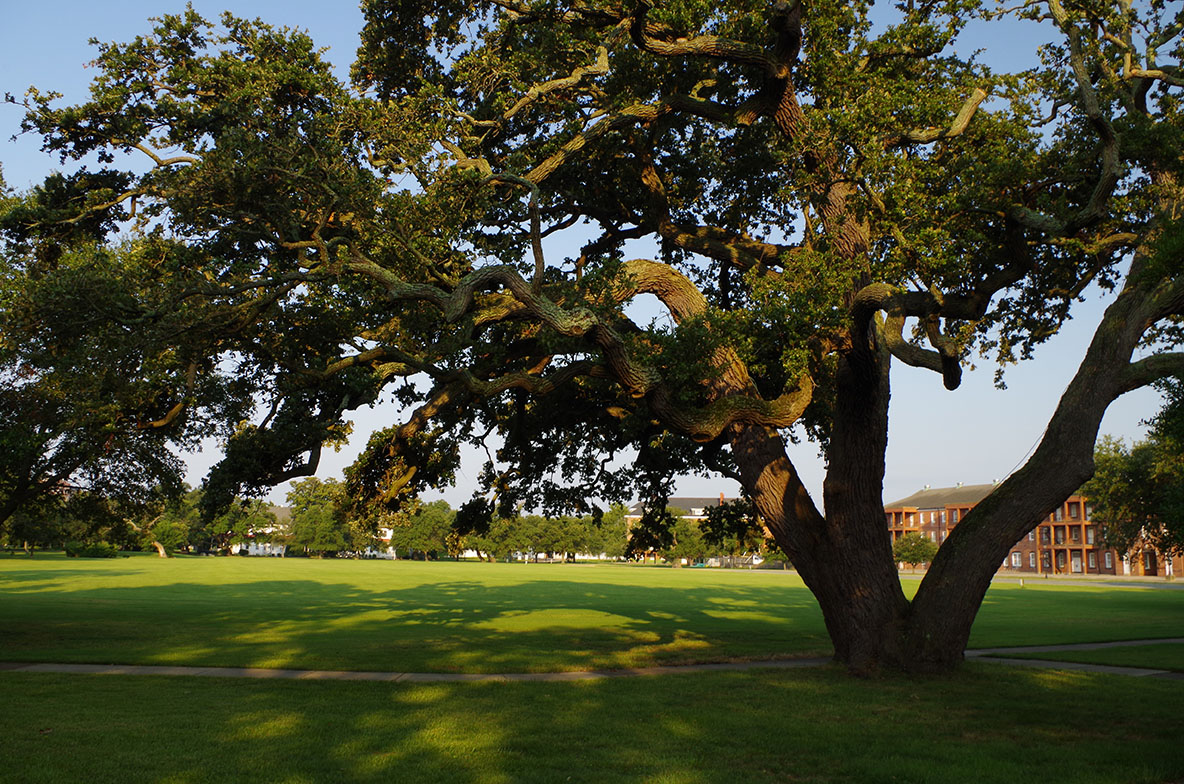Fort Monroe National Monument
Fort Monroe National Monument has a diverse history spanning the American story from American Indian presence, Captain John Smith's journeys, first arrival of enslaved Africans in English North America, a safe haven for freedom seekers during the American Civil War, and a bastion of defense for the Chesapeake Bay through the 21st Century. Visit and witness the on-going preservation work in action.
From I-64 East or West take Exit 268 (169 East Mallory St/Ft. Monroe) (Going East: Last Exit prior to Hampton Roads Bridge Tunnel, going West: first Exit after it.) Top of Exit Left at light onto S Mallory St (0.1 mile). Right at 2nd light onto E Mellen St. Continue crossing a small bridge (0.6 mile). Continue straight at light (Left fork) onto Ingalls Rd (0.6 mile). Left into visitor center parking lot or on street parking.
- Biking
- Road Biking
- Guided Tours
- Self-Guided Tours - Walking
- Hands-On
- Citizen Science
- Volunteer Vacation
- Hiking
- Living History
- Reenactments
- Historic Weapons Demonstration
- First Person Interpretation
- Wildlife Watching
- Birdwatching
- Museum Exhibits
- Shopping
- Bookstore and Park Store
- Architecture and Building
- Archeology
- Colonization and Settlement
- Explorers and Expeditions
- Maritime
- Coastal Defenses
- Maritime - Military
- Lighthouses
- Medicine
- Hospital
- Military
- Artillery
- US Army
- US Navy
- US Marines
- Monuments and Memorials
- Presidents
- Wars and Conflicts
- Colonial/European Contact Conflicts
- Civil War
- World War II
- Women's History
- Animals
- Birds
- Night Sky
- Astronomy
Fort Monroe Aerial View

A unique perspective only available from the air brings the entire scope of Fort Monroe into focus in one image.
Fort Monroe with USS Kearsarge

Fort Monroe's Flagstaff is the first US flag the sailors of the USS Kearsage see when returning to the waters of Hampton Roads.
Fort Monroe Flagstaff Bastion

Brilliant colors of the setting sun offer unique views of the largest stone fortification ever built in the United States.
Algernourne Oak: Standing Sentinel

The rising sun illuminates Algernourne Oak as it stands sentinel over the Parade Ground as it has done for almost 500 years.
Osprey Perches on Live Oak

An Osprey, once endangered, dries its wings in the on-shore breeze while perched on a live oak.